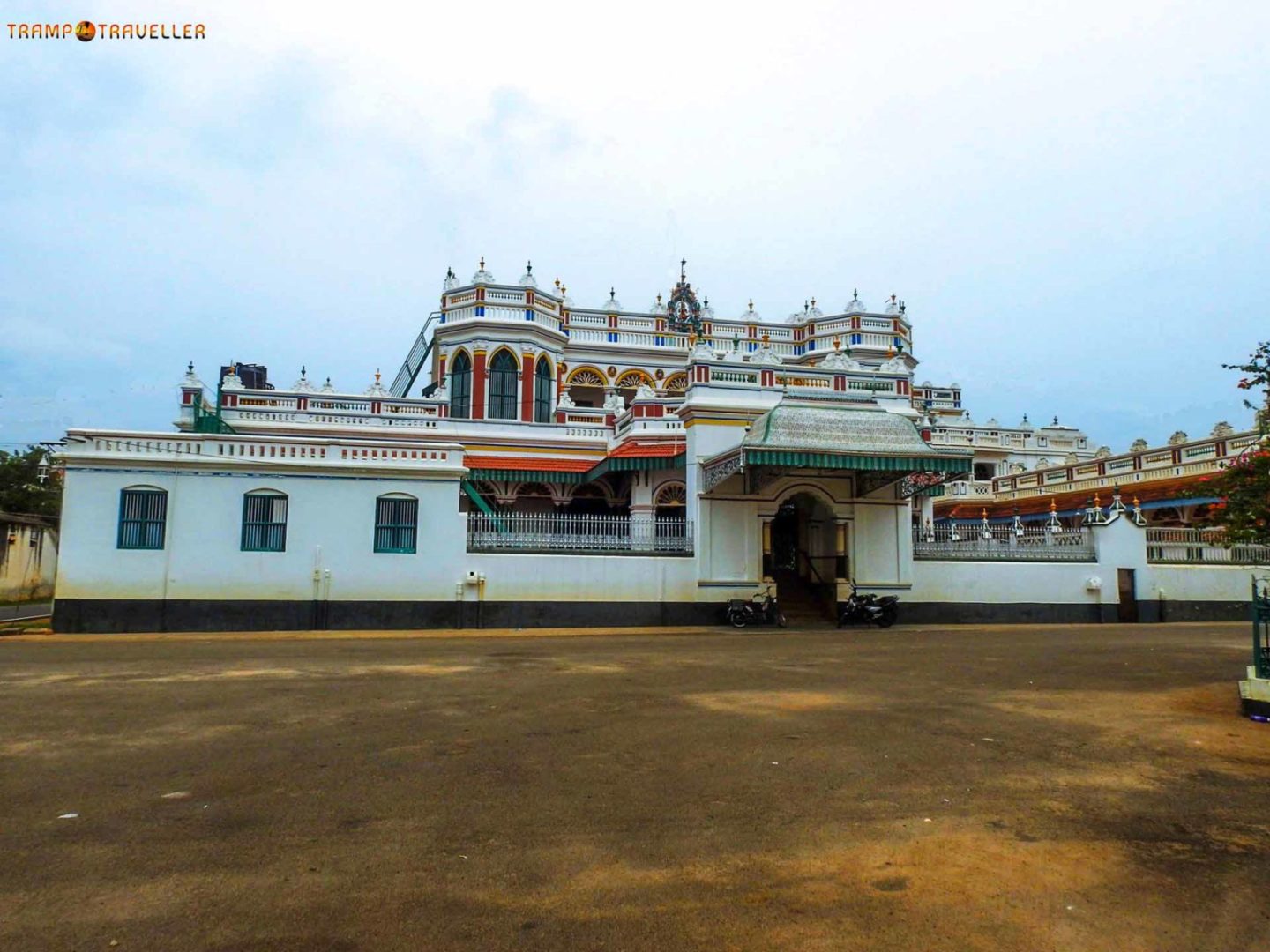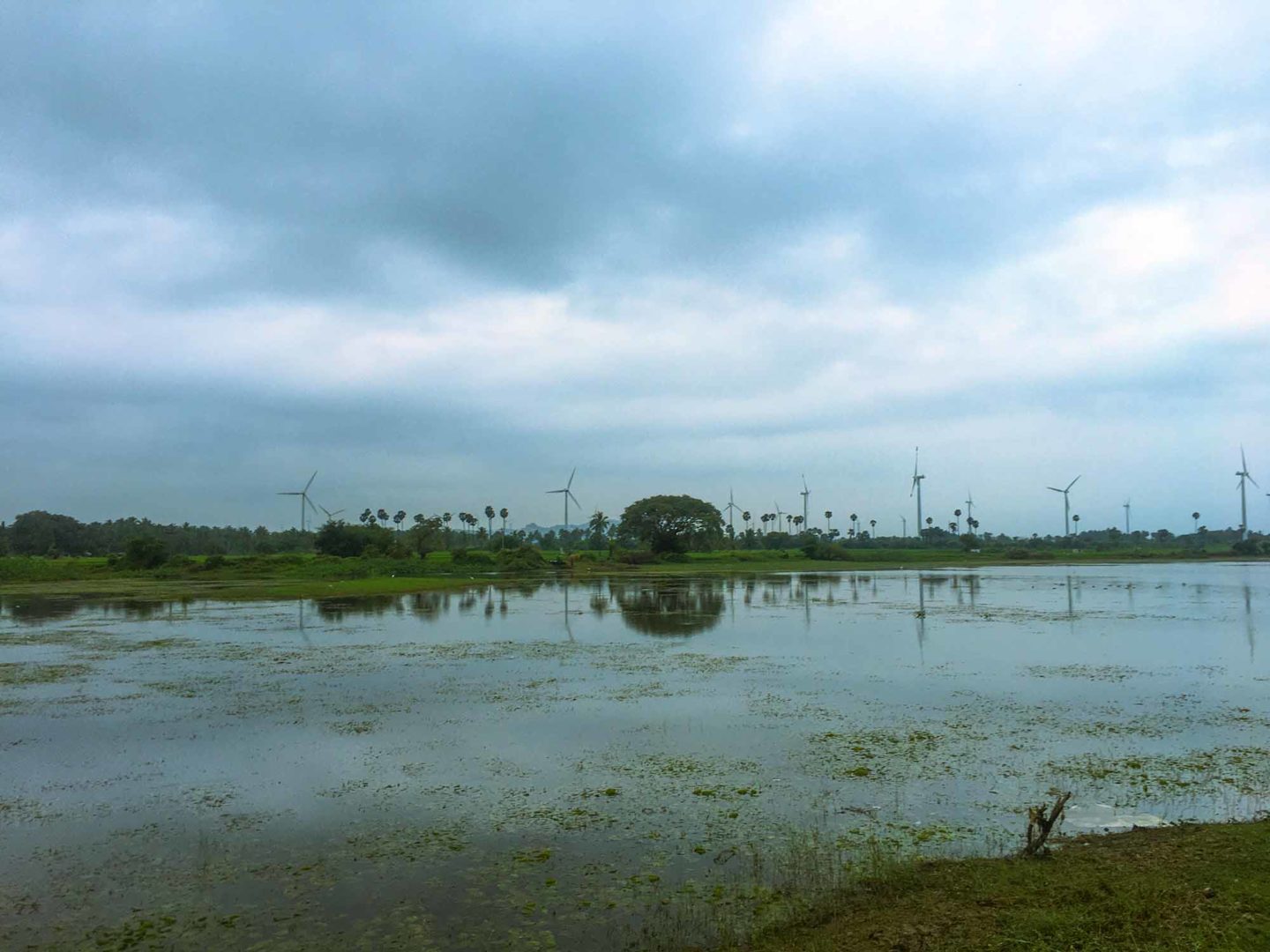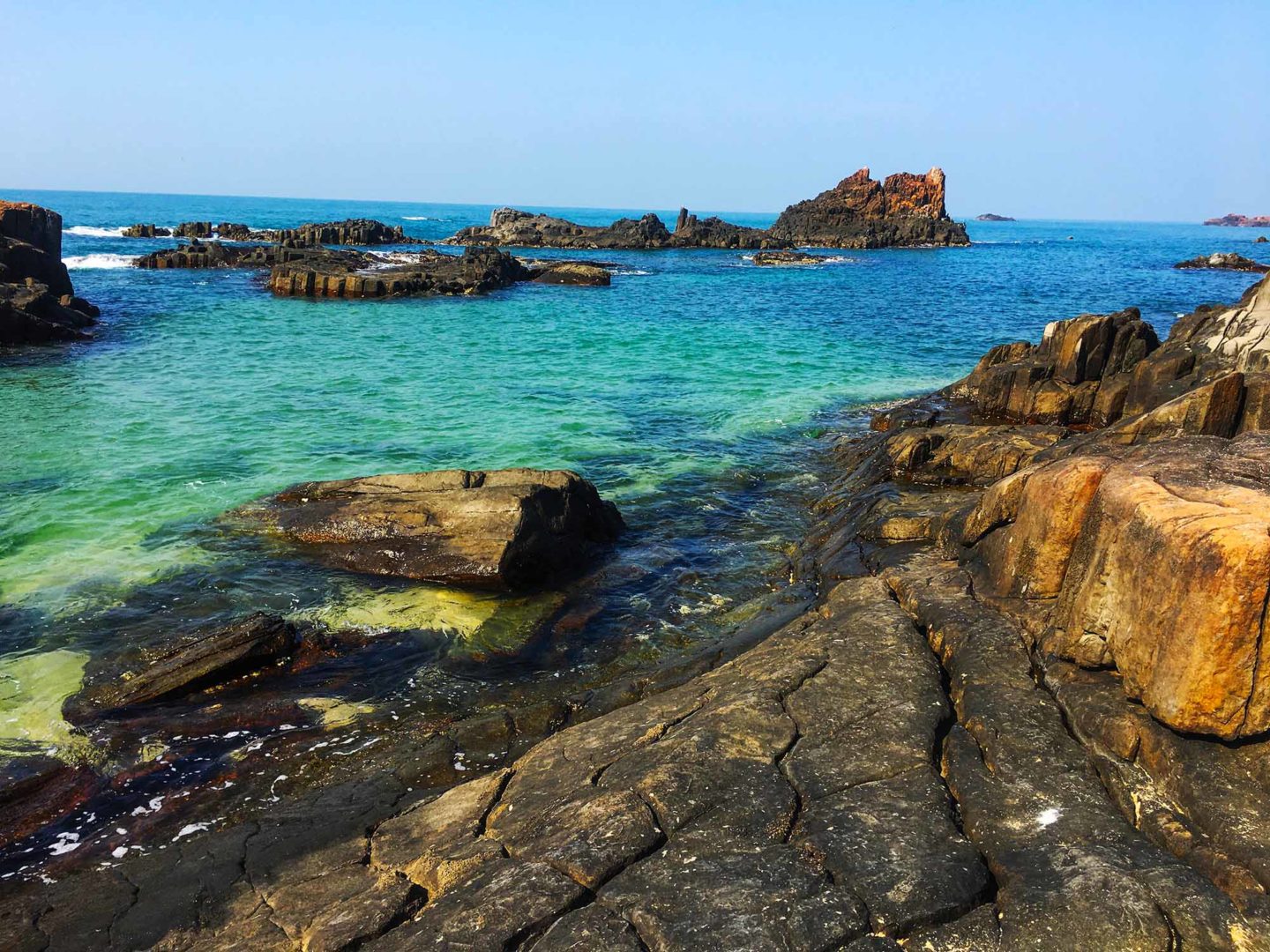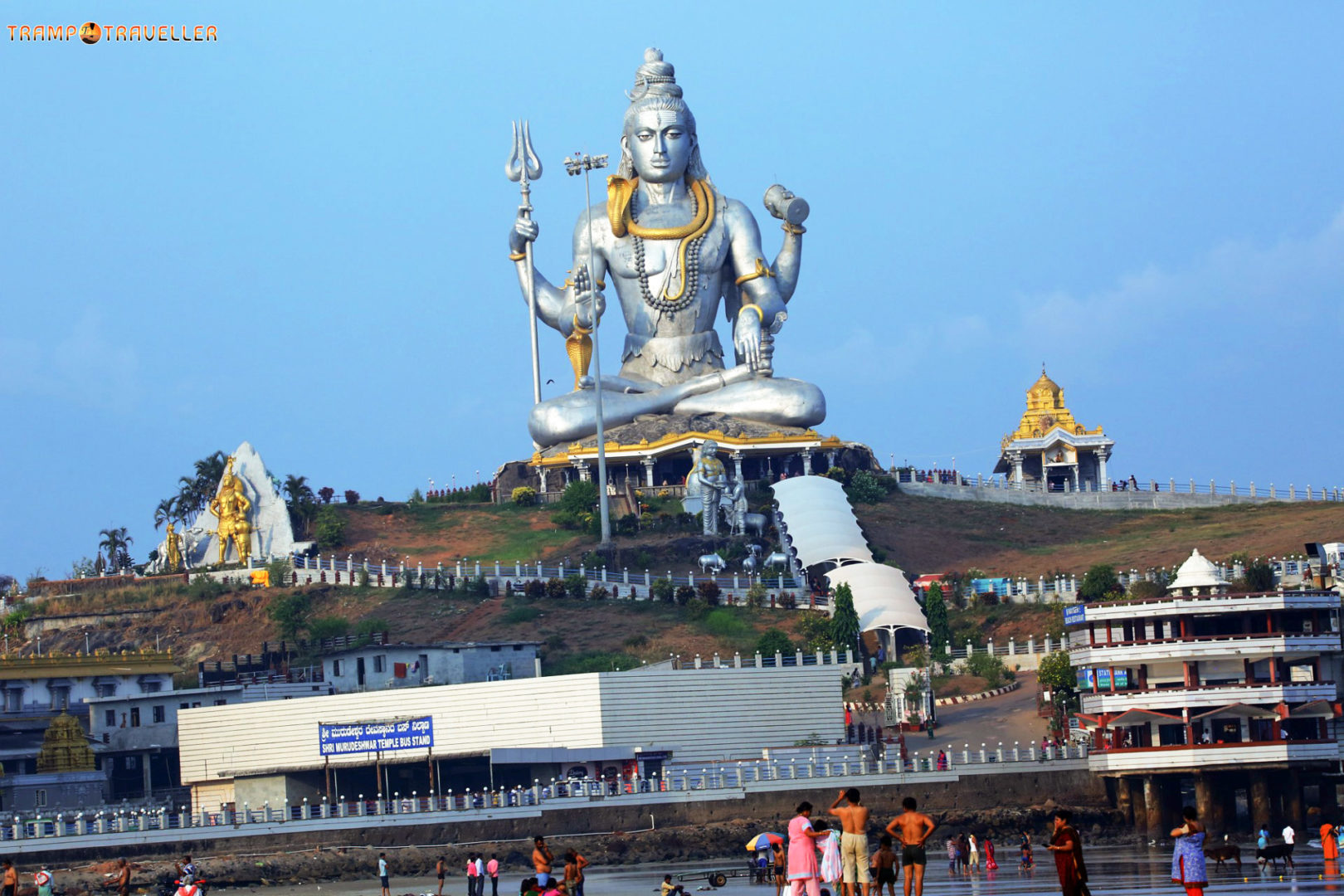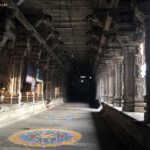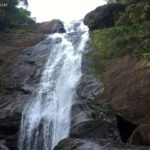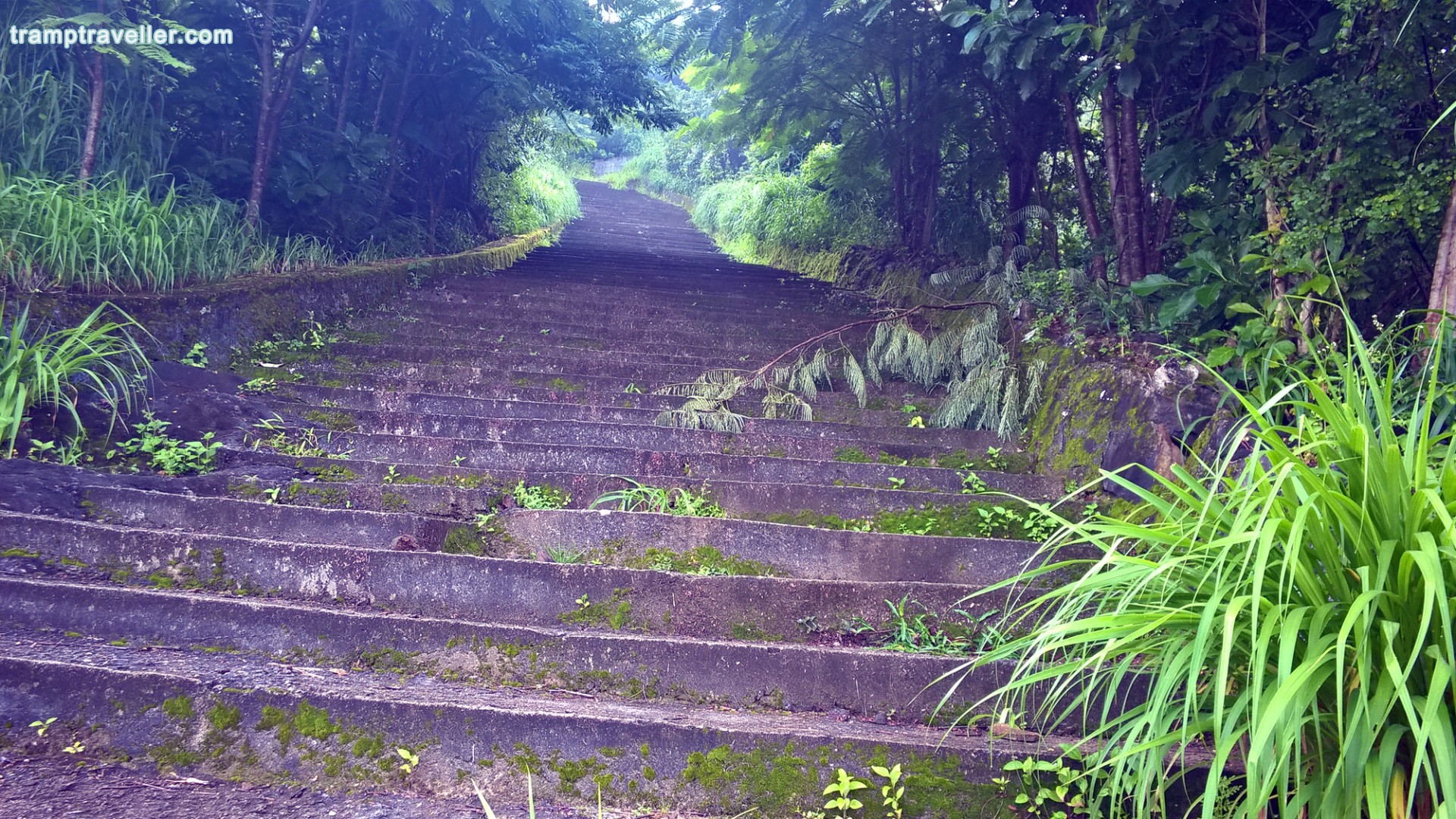In The Land Of Festivals – Madurai Meenakshi Temple, Alagar Kovil
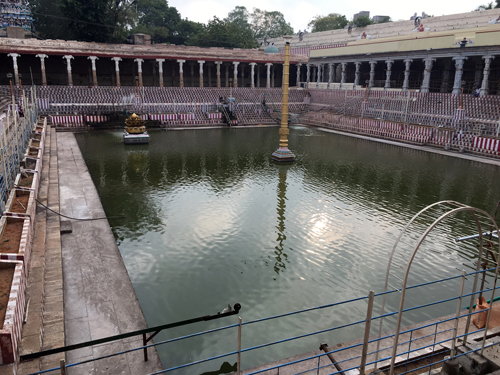
Located on the banks of the holy Vaigai River, Madurai is a large city, a city of ceremonial temple halls or mandapams which are the best examples of architectural adroitness as well as Tamil art and culture. As a hallmark of this city, the royal Sri Meenakshi Temple stands with its head held high. The legend says that after sunset, a merchant travelling through the Kadamba Forest decided to stay back in the forest till dawn. In the night, he saw something shining under a tree. He went near it and saw that it was a glittering idol. He informed this to the then king Kulasekara Pandyan.
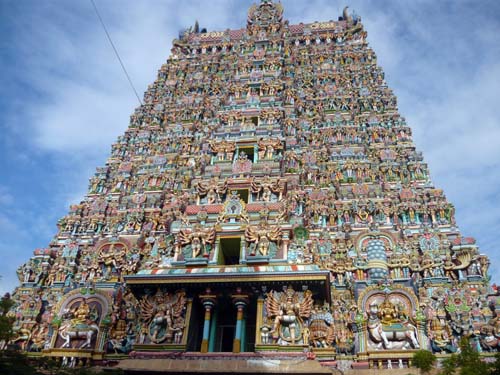
The king reached the place and worshipped the idol. He built a temple there. The City of Madurai was constructed around the temple. In the 7th century, there was only 1 temple dedicated to Shiva. The Meenakshi Temple was erected in the 12th century during the reign of King Sadayavarman Sundara Pandyan. The 9-tiered gateway towers (gopurams) were built between the 13th and 16th centuries. The Hall of Thousand Pillars, Ashta Shakthi Mandapam (the hall of 8 goddesses), Nayakar Mahal, Teppakkulam, etc. were all constructed as later modifications. There are four 9-tiered gateway towers or gopurams on the 4 sides of the important street running around the temple. These sky-kissing gateway towers are rich in architectural works. The gopuram on the south is the tallest. It has a height of 160 feet.
Sri Meenakshi Temple is something that should be visited at least once in lifetime. Goddess Meenakshi is the principal deity of the temple. I went inside through the first gateway tower and worshipped some of the idols before reaching Meenakshi. Throughout the time I was walking inside the temple, I was wonderstruck seeing the temple carvings and the long dark passages of the temple. I reached outside the temple. Only when I reached the counter, where my shoes were entrusted with before entering the temple, did I understand that I had gone inside through another gopuram. I went through the receipt that I got from the counter and found out that I went in through the north gateway tower and came out through the south gateway tower.
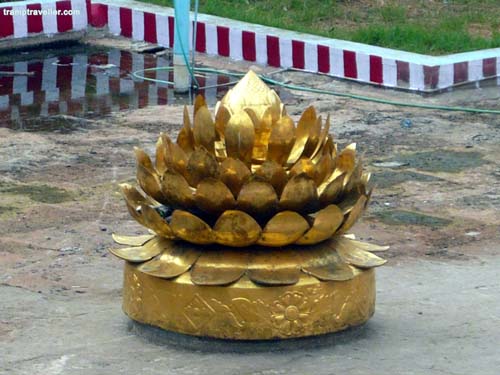
I walked through the street and reached the counter near the north gateway. While getting my shoes back from the counter, I asked the woman in the counter if I could get a guide who can show me and give information about the temple. She called somebody on the phone and told me to wait. When I returned to the counter after having a cup of tea, the woman pointed to a middle-aged man and told me that he will come with me. On seeing that person, I realized that I was in trouble; he spoke pure Tamil and I could not understand a word. Fortunately, he ( his name is Veluchamy ) told me that he knows Tamil, English and little bit of Malayalam as well. I discussed the rates with him, and he agreed to accompany me.

The main deity in the temple is the goddess, so people who visit the temple enter the temple through the Ashta Shakthi Mandapam in the east and bow before the goddess first and then go on and salute the Sundareswarar Swamy. First, I took notes of the details given to me by Veluchamy. I went inside with the guide through the eastern ceremonial hall (mandapam). I saw the sculpture of “Marriage of Meenakshi” absorbing the whole beauty of sculpting, engraved on the entrance of the hall. Eight stupas or columns on either sides of the mandapam are beautifully adorned with 8 forms of Shakthi. That is why this ceremonial stage is called Ashta Shakthi Mandapam (Ashta means eight). Walls were fully embellished with ancient characters. Next to this mandapam is Meenatchi Nayakar Mandapam, the pillars of which are decorated with carvings of dragon and other figures. After this comes the alluring Mudali Pillai Mandapam.
Crossing this mandapam, I reached the pretty Pond with the Golden Lotus. According to the legend, for washing away all his sins, Indra (king of Deva celestial deities) bathed in this and performed ritual offerings to Shiva. This pond is surrounded by corridors, wide and lavishly ornamented with handiworks and crafts. Standing on the east corridor, we can see the Swarna Kumbha Gopuram on top of the Sri Kovil or sanctorum. To the west of this Mandapam, the marble-floored Oonjal Mandapam (swing corridor) stands. The golden images of Meenakshi and Sundareshwarar are brought here every Friday to perform rituals. Close to the Oonjal Mandapam is the Kilikoondu Mandapam (bird cage corridor) which is full of exquisite paintings. Passing this Mandapam, we reach Meenakshi Temple. The temple has 3-storied gopurams. This temple is made outstanding by the inclusion of golden flagstaff, dwarapalakas (guardians), Vinayaka Temple, etc. The sanctorum is on the western side. I admired and worshipped the image of goddess holding a bouquet of flowers with a parrot on it.
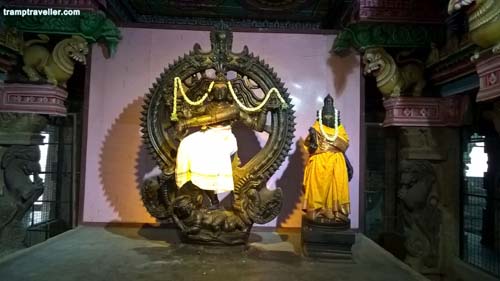
The 8-feet tall image of Mukkurni Vinayagar built to the north of Kilikoondu Mandapam leaves us awestruck. There is a Nataraja Temple as well as the famous Kambatadi Mandapam (Hall of Temple Tree) here. Kambatadi Mandapam is a storehouse of stunning art forms that proclaim the architectural brilliance behind them. In front of the Mandapam, there stands a golden flagstaff and Nandi (sacred bull). The most prominent of the artworks is the “Marriage of Meenakshi” sculpture (the divine marriage of Meenakshi).

It is an elegant creation of Dravidian art. Next to this stands the Sundareshwarar Temple. There are two 12-feet high statues of dwarapalakas at the entrance of the temple. Near this is the Nataraja Temple known as “Velli Ambalam” (silver abode). This is a special figure of Nataraja shown as dancing with his right leg raised. Returning to the Kambatadi Mandapam, we reach the Hall of Thousand Pillars. It is an artistic wonder where 985 carved pillars can be seen in a straight line from whatever angle they are viewed (though it is called the Hall of Thousand Pillars, it has only 985 pillars). The Hall of Thousand Pillars is a repository of various carved figures like the Ratimanmadas, Kali, Mohini, etc.

What left me spellbound is the wheel carved out on the ceiling of the Mandapam exhibiting 60 Tamil years. A massive Nataraja sculpture is installed at the end of the hall. The Hall of Thousand Pillars is a unique collection of varieties of pictures, palm-leaf manuscripts and antiques. Near to this mandapam, there is the recently-built Mangayarkarasi Mandapam. The Tirukalyana Mandapam standing close to this is made rich with magnificient wooden sculptures. There are 22 monolithic dome-shaped buildings also known as stupas surrounding the 5 stupas near the north gateway tower or gopuram. Different sounds are produced when they touch each other.
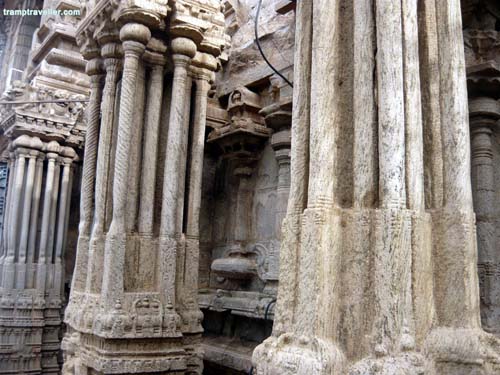
When I reached the outside of the temple, I felt like I just came out of a wonderland. I bade farewell to the guide. When I was about to leave, the guide told me that if I had the time, Alagar Kovil which is 18 km away from here, was worth a visit. It is a well known kovil or temple. So, I decided to visit the place and got ready for the drive to Alagar Kovil. Driving on the winding roads through the forest region is a thrilling experience. Alagar Kovil is situated in a beautiful place encircled by hills. Alagar Kovil is a Vishnu Temple. The image of the deity here is made of brass. The temple is built in the Dravidian Style of architecture.
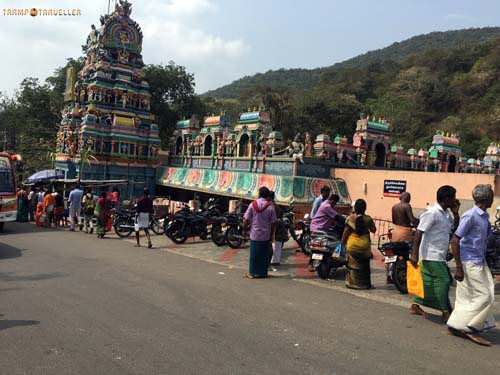
Water collected from a stream on the hill which is 2 km away from the temple is used for performing the ritual of anointing. It is believed that if water from somewhere else is used, that will result in blackening of the idol. Even though it was a week day, there was rush of visitors in the temple. Thousands of devotees take part in the sacred bath festival held on chitra pournami when the image of the deity is carried in a procession to the Vaigai River for the sacred bath. I took a stroll in the precincts of the temple for some time and started my drive back to my native place.


